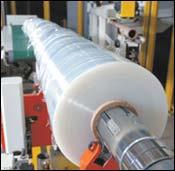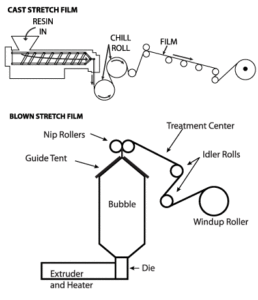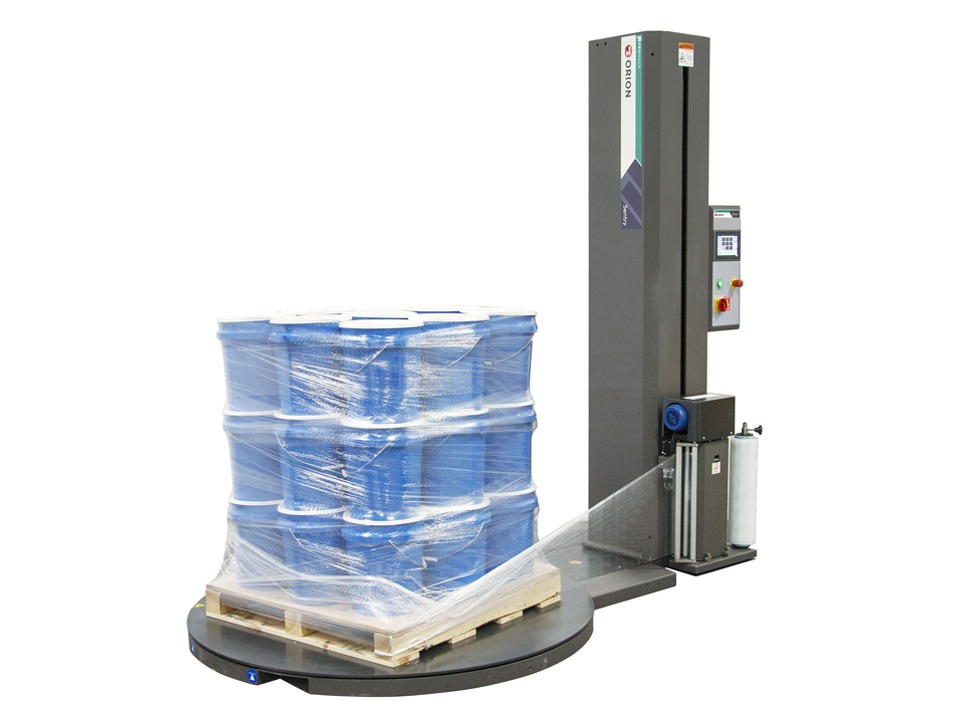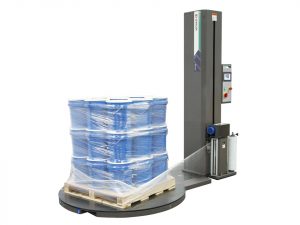This weekend marks the start of the Olympics and like most things these last couple years the Olympic Village, or more specifically, the beds the athletes will be sleeping in look completely different than past games. If you haven’t heard throughout the media the athletes were supplied with corrugated bed frames in Tokyo’s mission to make these games the most eco-friendly yet. It’s no surprise athletes like volleyballer Kelsey Robinson have been putting those beds to the test in durability by jumping and body slamming themselves into the frames to really test the claims.
It instantly made us think about our Ecorrcrates® offerings because of its durable, eco-friendly, and cost-effectiveness compared to regular wood crating. Ecorrcrates® take a patented approach to crating materials by layering corrugated into custom configurations to meet the durability need of the product. Our current customers using this product have found success in customizing the sizes to meet their production needs.
The following are highlights from a case study done by the manufacturer which outlines the true benefits of switching to Ecorrcrates®.
Background:
In Wichita Kansas, a leading company fabricates high cost, sensitive parts and assemblies for shipment to First Tier Aerostructures Manufacturers domestically and internationally.
Previous Method:
Shipping protocols in aerospace often require use of a crate. For many years, the only cost
effective option was to use a traditional wood crate. The shipping manager of this large
machine shop set out to find a better option because wood crates were an expensive hassle.
The company’s leading challenges concerning wood crates:
- Wood crates are bulky and take up too much
room. - They are heavy and difficult to move.
- Constantly concerned about safety and the
potential injuries associated with the handling
and use of wood crates. - Parts damaged if they make contact with
the wood, so a lot of extra
packing materials used. - If there is any issue with the wood in Export, it
can delay the shipment anywhere from a week to
10 days, and no one can afford that.
New Method:
After a successful initial test, the customer began ordering the Ecorrcrates® in “knock down” form to store easily before use. This also allowed production to load the product first and build the crate around the product, or load the product into the crate depending on the application. The company saved more than $100,000 per year and now has a safe, durable and easy way to get high value products to customers.
Straight from the Customer:
“Now that we have made the switch to Ecorrcrates®, I can’t see us ever going back to using wood crates”. Not only was there a cost savings in the crate cost, the Ecorrcrate® cost is not volatile like wood crate pricing. We were constantly having to choose between paying more or going with a lower grade wood crate to control costs. With Ecorrcrate® we receive a consistent, high quality product and are better able to plan our budgets with stable pricing.
Floor space in Aerospace manufacturing is scarce. Ecorrcrates® storage density is 2 or 3 to 1 as compared to premade wood crates, saving on the floor space needed for storage. This was a big cost savings and stress reliever for us!
The parts we ship are relatively light weight. The wood crate alone weighs 2-3x our product weight. Because the Ecorrcrate® weight is around ½ the weight of a wood crate, we were able to trim an average of $100 per shipment from our shipping costs. That is HUGE savings! The Ecorrcrate® is easier and safer in handling, so our shipping department can pack in a fraction of the time it took to pack in the wood crates. Being a busy shop, this adds up to a lot of labor savings very quickly!
Ecorrcrates® are more durable for re-use. We were only getting 5-6 turns out of our wood crates but now we have Ecorrcrates® that have been in use for more than a year and we are able to continue to re-use them. Ecorrcrates® really resist damage including careless forklift drivers. Also, we believe that freight carriers are more careful with items that appear to be packaged in boxes. Little do they know, that although Ecorrcrates® are constructed from the same base material as boxes, they are NOT boxes. They are robust, shipping containers constructed from a bidirectional, crossed-strength corrugate building material. And, if a part of the Ecorrcrate is damaged beyond use, we are able to purchase the replacement component only, rather than replace the entire crate.
In addition to being 100% recyclable, all of the materials used in Ecorrcrates® are earth friendly and made from renewable Resources. We are better able to meet our sustainability initiatives. This has the added benefit of being a great shipper for Export. Other than the wood pallet, the Ecorrcrate® is made from all corrugate material. This is a significant benefit to our Export customers and partners as we receive more and more push back on the use of all-wood crates. In many countries, including all of Europe, it is difficult and costly to dispose of wood crates. But, it is easy to dispose of and recycle corrugated boxes without added cost.”

 Stretch film comes in varying gauges, lengths, chemical make-ups, colors and can be used in numerous applications. Not all stretch film works on all loads and for all applications. One interesting variable and starting point for stretch films is deciding between blown or cast manufacturing processes. But first, if you are unsure of
Stretch film comes in varying gauges, lengths, chemical make-ups, colors and can be used in numerous applications. Not all stretch film works on all loads and for all applications. One interesting variable and starting point for stretch films is deciding between blown or cast manufacturing processes. But first, if you are unsure of 

